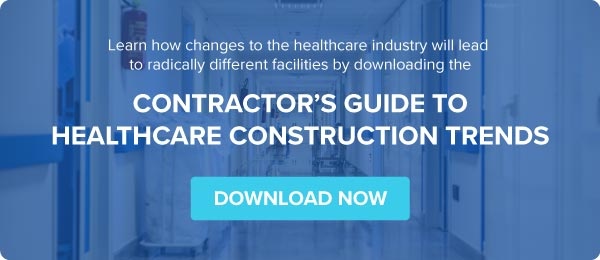For those of us who are not artistically inclined, design has always held a bit of mystery. Someone who is a designer probably has a stylishly appointed home and an eccentric wardrobe. They might design slick websites, flashy clothes, or even aerodynamic cars.
Rarely do we think about the difficult task of designing those things that we use in our everyday lives. The things that we do not even think about as being “designed.”
But the truth is that everything from the vegetable peeler in your kitchen drawer to the stoplights that control traffic in your neighborhood has gone through a thorough design process that goes beyond how the thing will look.
Human-centered design or user-centered design goes one step further. The idea of human-centered design puts the end user of the product (or device or space) in the foreground of the design process. Human-centered design aims to answer the questions of if the product will work not just to accomplish a task, but to accomplish a task in a way that is easy, intuitive, and pleasant for the user.
Why Human-Centered Design is Critical to Healthcare
Now we know that “design” goes well beyond deciding on the aesthetics of a particular room or device. But how does design that centers the end user apply to the healthcare space?
Timing is Everything
There are not many scenarios where a design flaw could cost someone their life, but that is indeed the case with healthcare design. When it comes to the design of life-saving medical devices, aesthetics is usually far from the mind of the designer. Instead, healthcare design must always put the user in focus, whether that user is a patient, doctor, nurse, or caregiver. If a device is not intuitive and the user must waste seconds each time trying to figure out how to use it, people could suffer and even die.
Emotions Run High
Of course, the design of life-saving devices and technologies must be user-friendly. Keeping patients healthy and alive is certainly the top priority for a good healthcare facility. However, when the baseline usability is met, design can be what takes patients experiences to the next level. In a hospital environment, for example, emotions can run very high. The design of a facility should do its best to ensure that patients and their families are not just treated to the best possible care, but that they are comfortable, too. In some cases this may mean ensuring patient privacy, having easy access to outdoor space, or even available outlets and WiFi for mobile devices.
Applying Human-Centered Design Principles to Healthcare Construction
Healthcare construction and renovations can benefit significantly from the application of user-centered design. Patients, families, and facility staff can all benefit from a facility that takes them into account. Following are a few ways you can begin to apply human-centered design to your next healthcare construction project.
Work with Designers Early and Often
In construction projects, it is always important to include designers at the early stages. It is often interior designers and architects that will lead the construction project towards completion with blueprints and sketches. In healthcare construction, it is important to include designers who understand and empathize with end users throughout the process.
In fact, even the construction project itself can be influenced by user experience with the right designer to chime in. For example, where a renovation project may be scheduled to proceed by cordoning off the construction area with plastic sheeting, a human-centered design expert could recommend the use of an anteroom to make patients and staff more comfortable. Contractors should continually consult with designers to ensure that their work is progressing in a way that makes sense for the facility’s users.
Want to know how an anteroom could help your next construction project? Let us help.
Collect Real User Feedback
Collecting user feedback can be easily overlooked, particularly for contractors who are experts in the healthcare construction space. If you have built one facility, it is easy to presume that you have built them all. However, the users at a children’s hospital in Dallas can be quite different from the users in the critical care wing of a facility in Manhattan.
To focus your project on the end user, it is important to get input from those users throughout the project. Focus groups, as well as user testing, can be extremely useful for this purpose. Time should be built into construction projects to allow for proper feedback and any necessary redesigns.
Every designer and contractor wants to be proud of the facilities they build. However, when professionals rely too heavily on their opinions and what they think is the right choice, rather than keeping the facility’s users top of mind at all times, they may end up in a hospital that looks wonderful but functions poorly, which puts both patients and the facility at risk.
